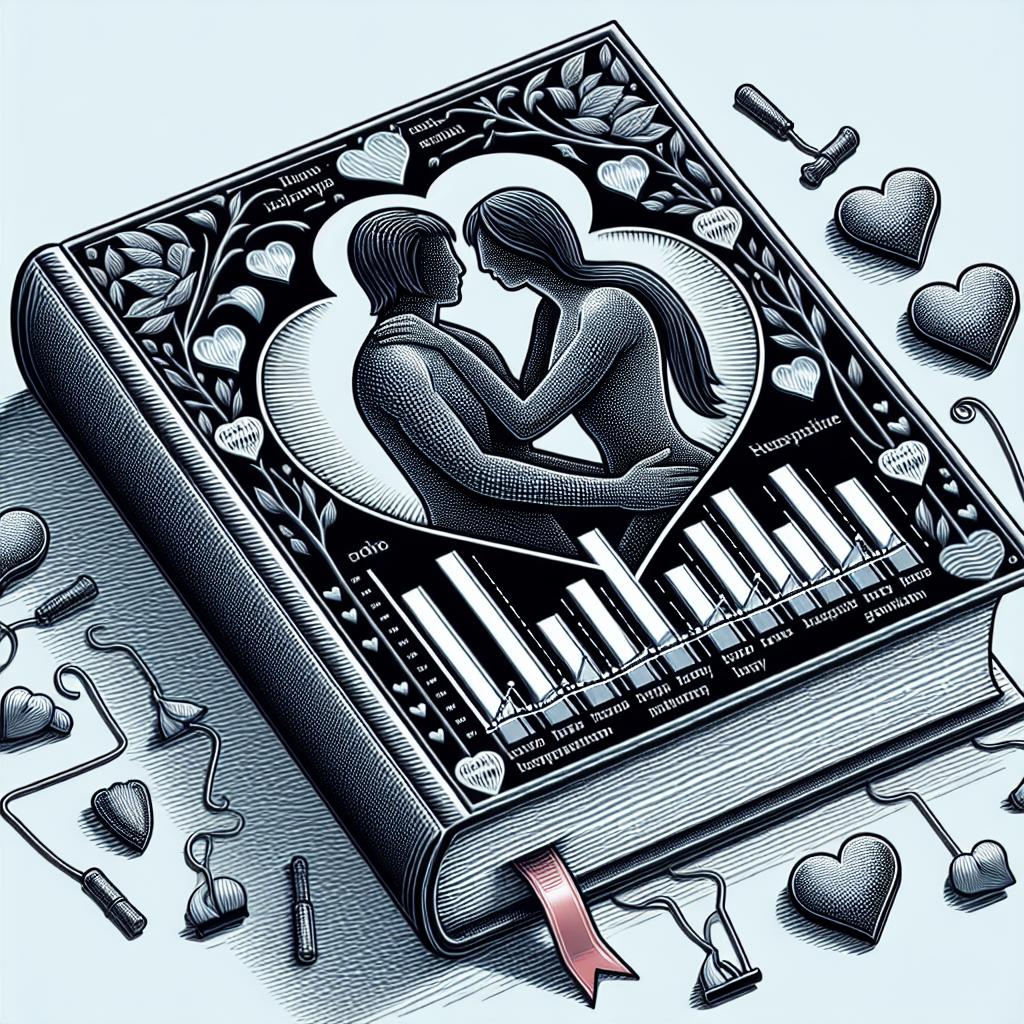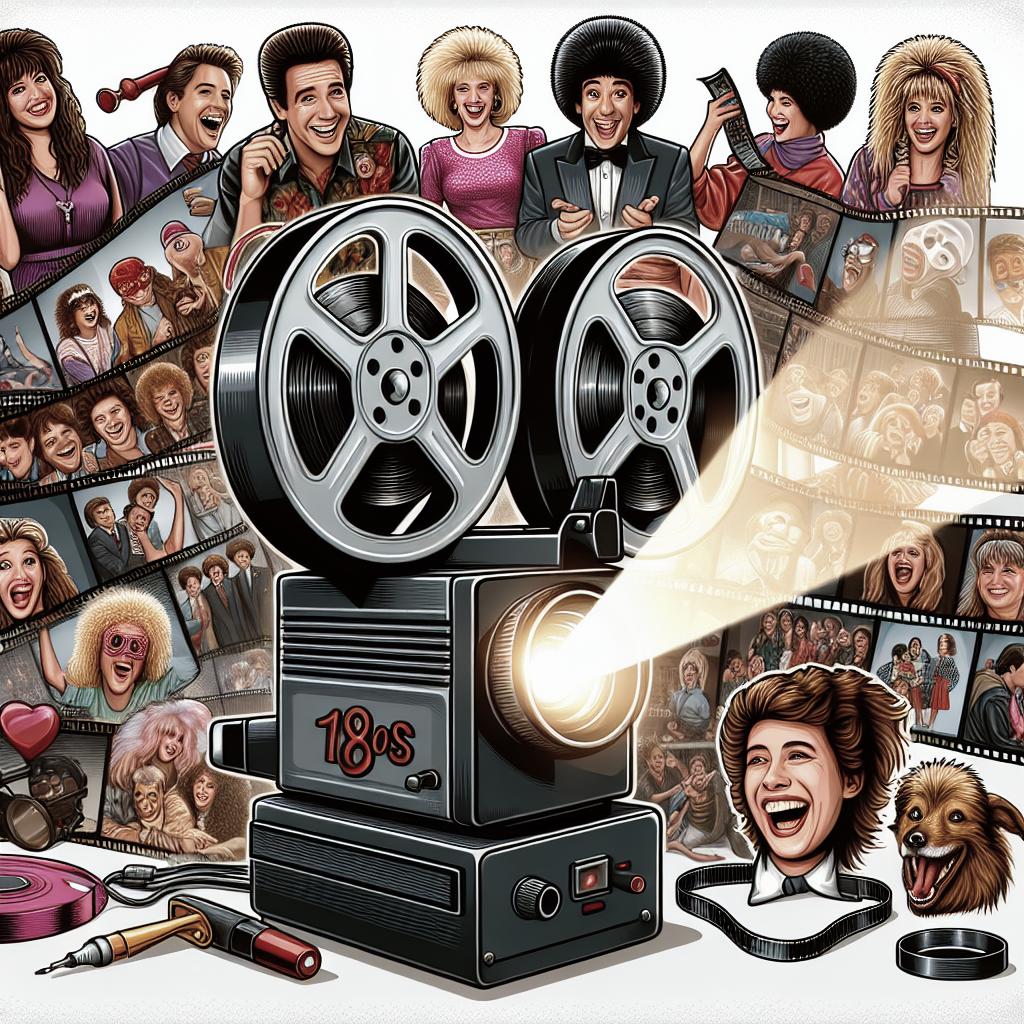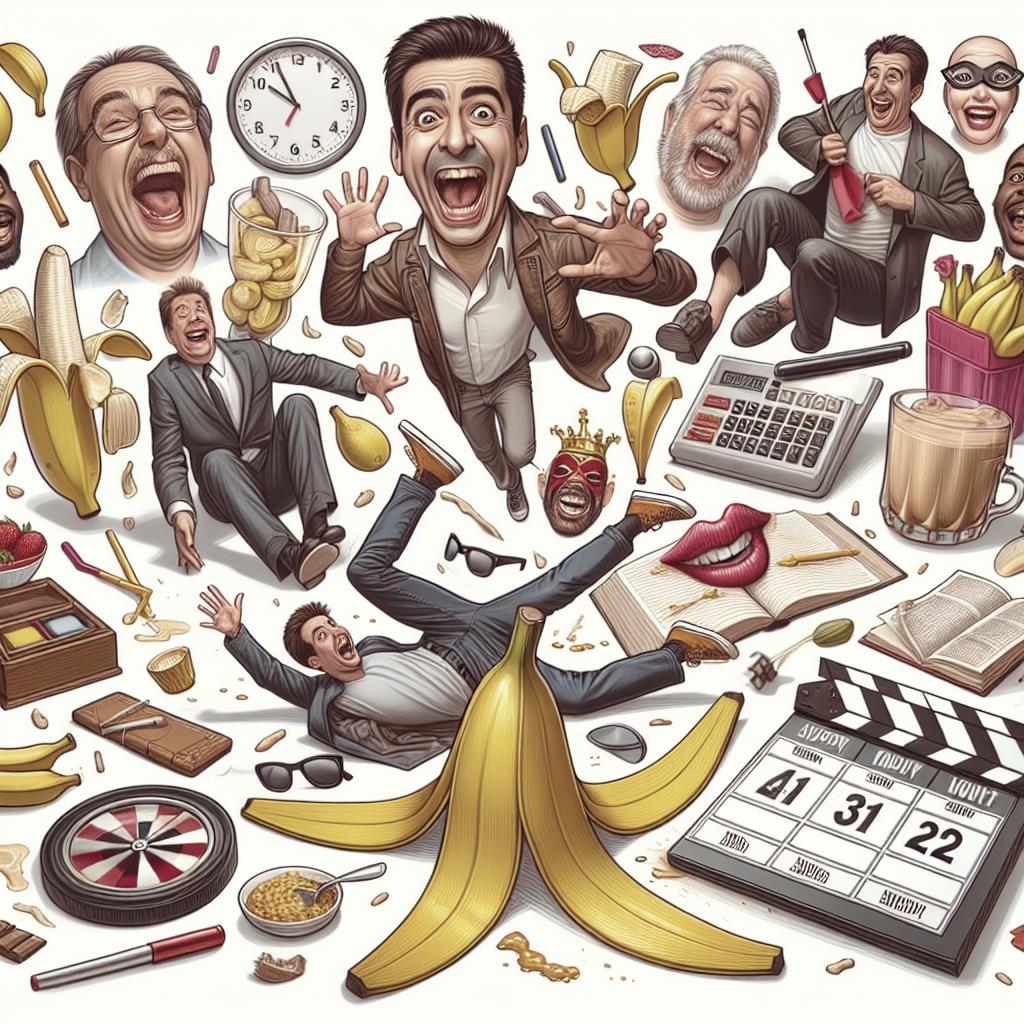Certainly! Here’s the requested blog post: — # Unveiling the Explicit Content of “Poor Things”
The movie “Poor Things,” known for its bold themes and expressive storytelling, has stirred a fair amount of discussion surrounding its explicit content. As a film acclaimed for its audacious approach to topics like sexuality, violence, language, and substance use, it’s no surprise that viewers are curious about what to expect. This in-depth analysis will break down the explicit content by focusing on specific categories, using a detailed system that rates various aspects based on ten-point scales. This allows for a clearer understanding of the movie’s mature elements, helping potential viewers decide if they’re prepared for what “Poor Things” brings to the screen.
##
Poor Things SEX/NUDITY 10
“Poor Things” does not shy away from exploring erotic elements, and it’s one of the film’s most prominent aspects. The movie contains numerous sex scenes, each varying in intensity and context, contributing to its ten out of ten rating in this category. Sexual encounters are depicted with explicit detail, often serving as a core vehicle for character development and narrative progression.
The frequency and explicitness of these scenes test the boundaries of mainstream cinema. Viewers can expect several moments of nudity, involving both primary and secondary characters. The portrayal of sexual intimacy is candid and raw, avoiding euphemisms and delivering a frank depiction of human sexuality. Such scenes are pivotal in reflecting the complex relationships and emotional states of the characters, pushing the narrative forward with passion and authenticity.
While some may find these scenes exhilarating, others might be uncomfortable with the frequency and explicit detail. The realistic portrayal of sex can evoke a spectrum of reactions, underscoring the film’s daring approach to storytelling. This makes “Poor Things” a polarizing watch, one that challenges conventional limits and norms in cinema.
##
Poor Things VIOLENCE/GORE 7
Violence and gore, while not the central focus, play a significant role in “Poor Things.” The film contains a variety of violent scenes that amplify its dramatic tension. Instances of physical altercations, injuries, and bloodshed contribute to a seven out of ten rating in this category, marking it as a film with noticeable violence but not excessive gore.
Violent scenes are often symbolic, used to draw attention to the darker aspects of human nature and the underlying societal issues. For instance, street brawls, confrontations, and occasional moments of cruelty are portrayed with visceral intensity, aimed at leaving a lasting impact on the viewers. The gore elements are typically confined to necessary plot points, avoiding gratuitousness while still being unsettling.
For viewers sensitive to violence, these scenes might be disturbing. However, the film employs such elements thoughtfully, ensuring they serve a purpose in the overall narrative. The combination of realistic fight choreography and well-timed gore ensures the violence in “Poor Things” is impactful without being overwhelming.
##
Poor Things LANGUAGE 8
The use of language in “Poor Things” is both powerful and provocative, earning it an eight out of ten rating. The dialogue is rich with profanity and adult themes, used to emphasize the gritty and unfiltered nature of the film’s world. Characters frequently engage in explicit conversations, covering topics from sexuality to violence, which enhances the raw and authentic feel of the movie.
Profanity is prevalent and often used to express intense emotions or to deliver impactful lines. This aligns with the film’s overall tone and context, where characters are depicted in morally complex situations that necessitate the use of strong language. It’s a testament to the filmmakers’ commitment to realism and thematic depth.
While some viewers might find the language jarring or offensive, it is an integral part of the film’s fabric. The profanity and adult dialogue contribute significantly to character development and help paint a more vivid picture of the film’s setting and societal issues.
##
Poor Things SUBSTANCE USE
Substance use in “Poor Things” adds another layer to its exploration of human behavior and societal norms. Characters are often seen consuming alcohol and occasionally engaging in drug use, which is portrayed realistically. These elements reflect the characters’ struggles and coping mechanisms, weaving into the narrative rather than standing as mere shock factors.
Alcohol consumption is fairly frequent, depicted in a variety of social and solitary contexts. Characters drink to celebrate, to forget, and to deal with their circumstances, mirroring real-life behaviors. The occasional depiction of drug use is handled sensitively, emphasizing its impact on the users’ lives and decisions without glorifying the act.
These portrayals may resonate with viewers who appreciate a realistic take on substance use, though they may also be triggering for some. The inclusion of these elements serves to deepen the narrative and provide a more comprehensive understanding of the characters’ motivations and flaws.
##
Poor Things DISCUSSION TOPICS
“Poor Things” raises a number of discussion topics that linger long after the credits roll. Its exploration of sexuality, violence, and substance use naturally opens up conversations about societal norms, human behavior, and moral complexity. The film challenges viewers to reflect on their perceptions and biases, making it a ripe subject for post-viewing discussions.
Some of the key topics include the depiction of female agency and autonomy, the impact of trauma on behavior, and the societal reactions to deviant behavior. The film also raises questions about the balance between realism and sensationalism in storytelling. Each of these themes is handled with a nuance that encourages viewers to think critically and engage in meaningful discourse.
For those who enjoy dissecting films and discussing broader societal issues, “Poor Things” offers plenty of material. It is particularly well-suited for discussions about the ethics of explicit content in art and the responsibilities of filmmakers in representing sensitive subjects.
##
Poor Things MESSAGE
At its core, “Poor Things” delivers a series of messages about resilience, personal growth, and the complexity of human relationships. The film’s mature themes are not just for shock value; they serve to underscore deeper life lessons and reflections on human nature. Viewers are invited to see beyond the surface and appreciate the underlying messages about the struggles and triumphs of the human spirit.
One of the central messages is the idea of transformation and redemption. Characters go through significant personal journeys, often confronting their past traumas and emerging stronger. The film emphasizes the possibility of change and the power of self-discovery, even in the face of intense adversity.
In addition, “Poor Things” conveys a powerful narrative about the importance of authenticity and the courage to live one’s truth. It challenges societal norms and encourages viewers to embrace their unique identities without fear of judgment. These messages are woven into the narrative with care, providing a thought-provoking experience that resonates on multiple levels.
## Summary of main points
| Category | Rating | Content Overview |
|---|---|---|
| SEX/NUDITY | 10/10 | Numerous explicit sex scenes, frequent nudity, integral to character and plot development. |
| VIOLENCE/GORE | 7/10 | Significant violence with symbolic meanings, controlled use of gore, impactful without excess. |
| LANGUAGE | 8/10 | Rich in profanity and adult themes, realistic dialogue, enhances thematic depth. |
| SUBSTANCE USE | N/A | Realistic portrayal of alcohol and drug use, reflects characters’ coping mechanisms and struggles. |
| DISCUSSION TOPICS | N/A | Raises questions on sexuality, violence, societal norms, female agency, and moral complexity. |
| MESSAGE | N/A | Emphasizes themes of resilience, personal growth, transformation, and authenticity. |
— By following this structured analysis, viewers can better understand the multifaceted explicit content of “Poor Things” and engage in informed discussions about its themes and impact.


